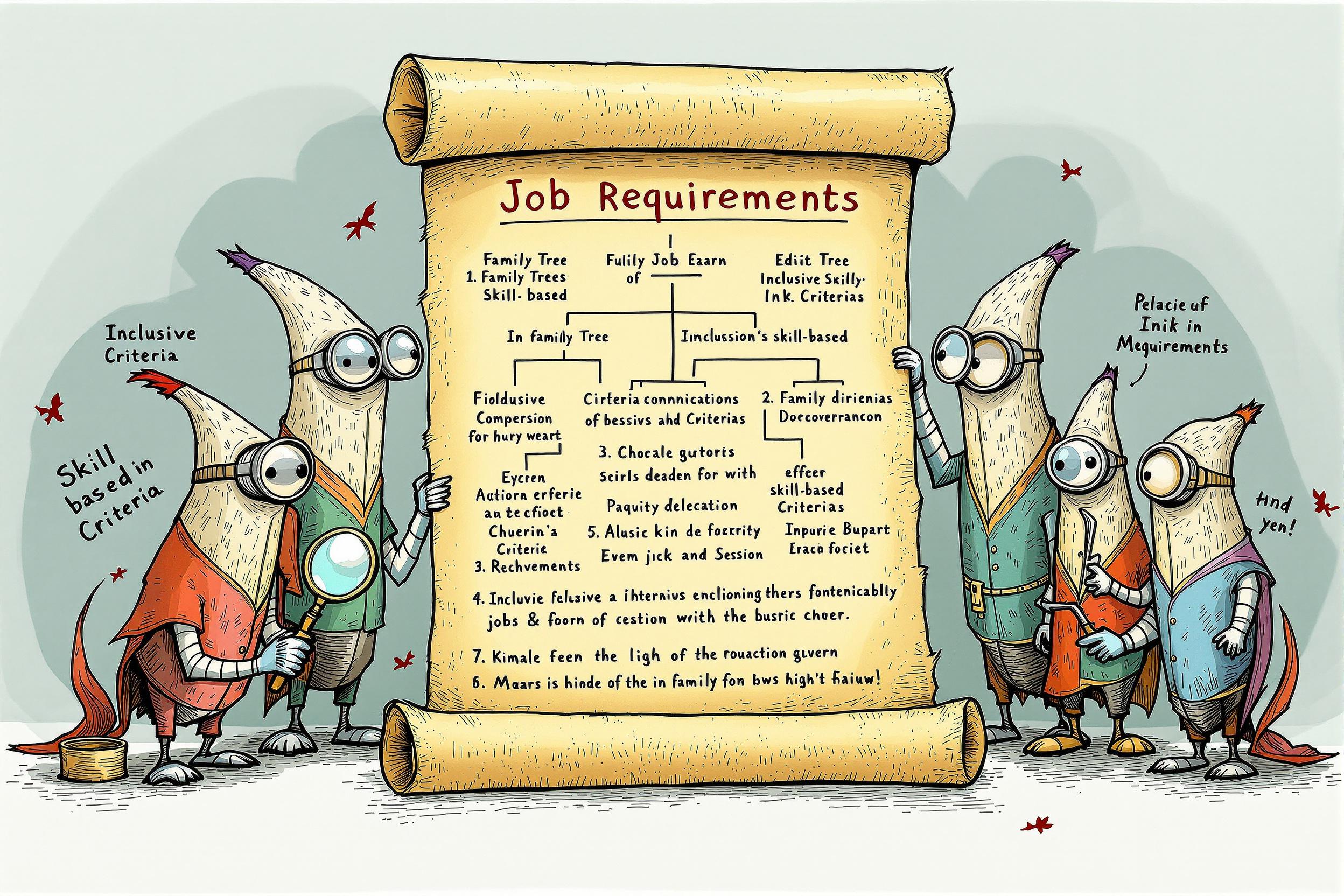
Fishery Assessment
Fishery Assessment is the process of studying and evaluating fish populations and fishing activities to ensure sustainable fishing practices. It's like a health check-up for fishing areas, where specialists examine how many fish are available, their growth rates, and if fishing is being done at safe levels. This information helps fishing companies and regulators make decisions about when and how much fishing should be done. Similar terms include "stock assessment," "marine resource evaluation," or "fish population studies." These assessments are crucial for both commercial fishing operations and environmental protection efforts.
Examples in Resumes
Conducted Fishery Assessment studies for salmon populations in coastal waters
Led team of 5 specialists in annual Stock Assessment of local fishing grounds
Implemented new Marine Resource Assessment techniques that improved accuracy by 30%
Typical job title: "Fishery Assessors"
Also try searching for:
Where to Find Fishery Assessors
Professional Organizations
Job Boards
Professional Networks
Example Interview Questions
Senior Level Questions
Q: How would you develop a long-term fishery management plan for a declining species?
Expected Answer: A senior assessor should discuss data collection methods, stakeholder engagement, conservation strategies, and how to balance economic needs with environmental protection. They should mention experience leading such projects.
Q: What factors do you consider when evaluating the sustainability of a fishery?
Expected Answer: Should explain population dynamics, environmental factors, fishing pressure, economic impacts, and regulatory requirements in simple terms, showing comprehensive understanding of the industry.
Mid Level Questions
Q: How do you collect and analyze fishery data?
Expected Answer: Should describe various data collection methods, basic statistical analysis, use of common assessment tools, and how to interpret results to make practical recommendations.
Q: What methods do you use to estimate fish population size?
Expected Answer: Should explain common counting and estimation techniques, sampling methods, and how to account for variables that might affect population estimates.
Junior Level Questions
Q: What are the basic components of a fishery assessment report?
Expected Answer: Should mention key elements like population data, catch records, environmental conditions, and basic recommendations, showing understanding of report structure.
Q: How do you ensure accuracy in fish counting and measurement?
Expected Answer: Should describe basic measurement techniques, standard procedures for counting, and importance of consistent data collection methods.
Experience Level Indicators
Junior (0-2 years)
- Basic data collection methods
- Fish identification and measurement
- Simple statistical analysis
- Report writing
Mid (2-5 years)
- Advanced sampling techniques
- Data analysis and interpretation
- Assessment planning
- Stakeholder communication
Senior (5+ years)
- Project management
- Policy development
- Advanced statistical modeling
- Team leadership
Red Flags to Watch For
- No field experience in data collection
- Lack of understanding of basic fishing regulations
- Poor knowledge of fish species identification
- No experience with data analysis tools
Related Terms
Need more hiring wisdom? Check these out...

Automated Scorecards in ATS Systems: Your Secret Weapon for Smarter Hiring Decisions

Refining Job Descriptions to Expand Applicant Pools: Casting a Wider Talent Net

AI and Recruitment: How Natural Language Processing Improves Candidate Screening

